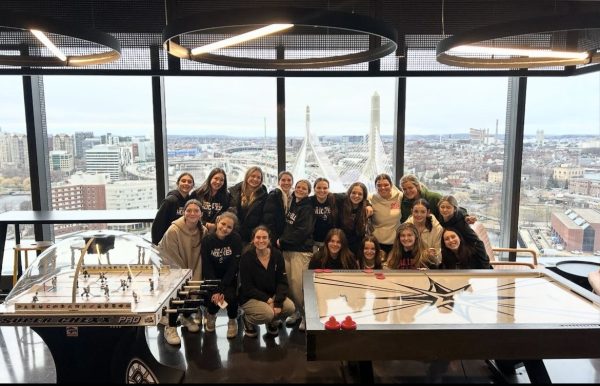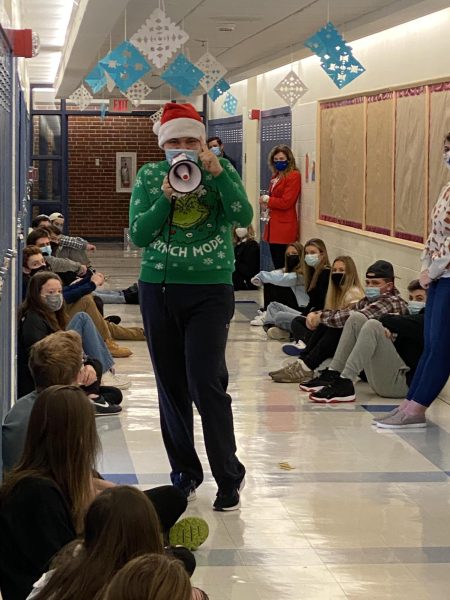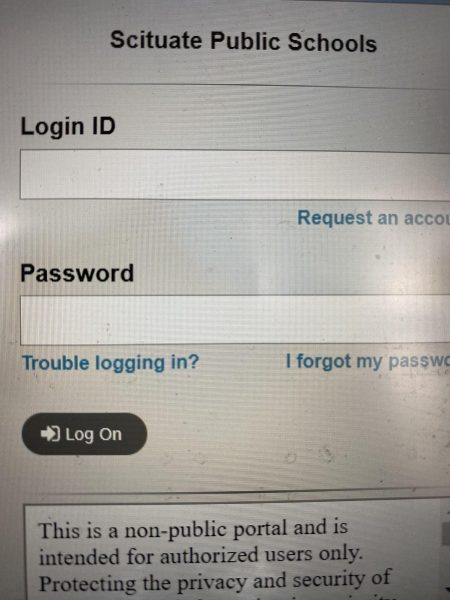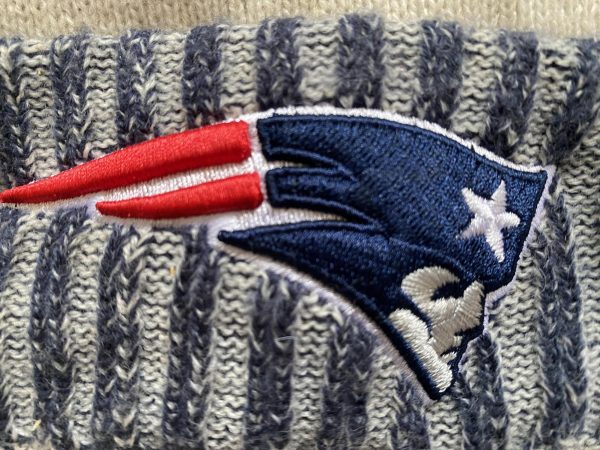Dissecting the SHS Dress Code
October 14, 2021
Controversy over school dress codes has been an ongoing battle between students and school administrators across the U.S and around the world. Common complaints include, “Your straps are too thin!” or “Your midriff is exposed!”
With school being fully in-person for the first time in over a year, the dress code policy at SHS is being debated again. As schools implement dress codes that define “proper” school attire, female students feel targeted. According to the SHS Student Handbook, “Tops must have straps–no see-through garments, tube tops, and lingerie-type items.” Though fashion is not exclusive to any gender, this application of the dress code at SHS appears to target female students more often than male students. Those who don’t identify with a fashion style similar to that described above, are simply required to wear shoes and are reminded that “hoods are not permitted.”
According to SHS Assistant Principal Karen Hughes, the dress code at SHS is “a commonality” that allows students to “dress for success.” Principal Lisa Maguire agrees that the dress code at SHS “prepares students for proper attire in career or higher education.”
As the dress code has changed over the years and “extensive language” was removed from the handbook, according to Hughes, the policy does not target one gender over the other. Nevertheless, at SHS, females consistently feel their fashion expression is limited by the dress code.
“I’ve gotten dress-coded, between middle school and high school, probably twenty times,” says junior Sorina Condon, “the most recent time being the first three days of school.” According to Condon, she was approached in the small gym during lunch by an administrator who thanked her for dressing appropriately that day, remarking that during the previous day she had not. Condon was so shocked by this encounter that she no longer eats lunch in the small gym, preferring to spend her lunch block outside, even when the weather isn’t ideal.
Some female students who have not been dress-coded this year agree the dress code feels like a direct violation of female liberation and expression at high school. “No one actually finds [bra straps] distracting–they just need something to blame it on,” says senior Abigail Short. “There’s no need to single people out,” she said, agreeing that being dress coded, whether it be in the cafeteria or a classroom, is humiliating and has a much bigger impact on female students’ confidence than can be seen at first glance.
Some may argue that female students face more dress code violations because females, as a whole, dress more provocatively than male students. On the first day of school this year, that argument was put to the test, as a group of male students wore crop tops, and many were met with approval. Though the actions of these male students were refreshing and appreciated by some members of the student body, the lack of consistency between the application of the dress code across genders has proved to be cause for concern for some female students.
The consensus regarding dress codes is clear. The intention from the administration to maintain a positive and appropriate school environment is understood, but it does not change how students, particularly female students, feel about the dress code. When a means of self-expression and authenticity is confined in any manner, unrest will follow. As of right now, students are looking for consistency with the application of the dress code. Only time will tell whether this year’s dress code is at its best, or if it needs of further evaluation.









